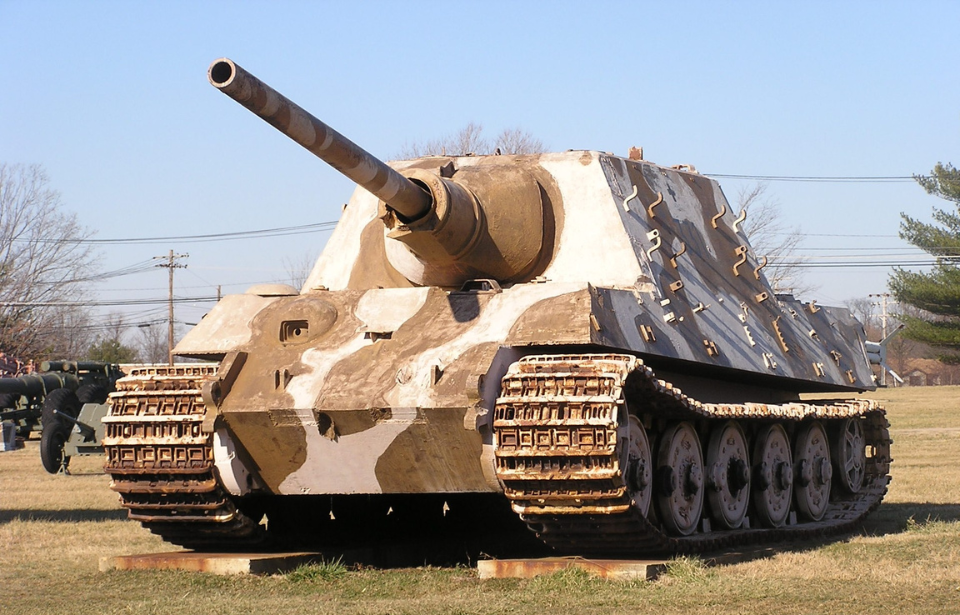During World War II, the Wehrmacht employed cutting-edge technology to realize the Führer‘s ambition of securing Germany’s military supremacy. Among the formidable tank destroyers developed, the Jagdtiger 0 formally designated as the Panzerjäger Tiger Ausf. B – commanded considerable attention. This formidable armored vehicle left its mark on engagements fought on both the Western and Eastern Fronts.
The Jagdtiger was built upon the chassis of a Tiger II heavy tank
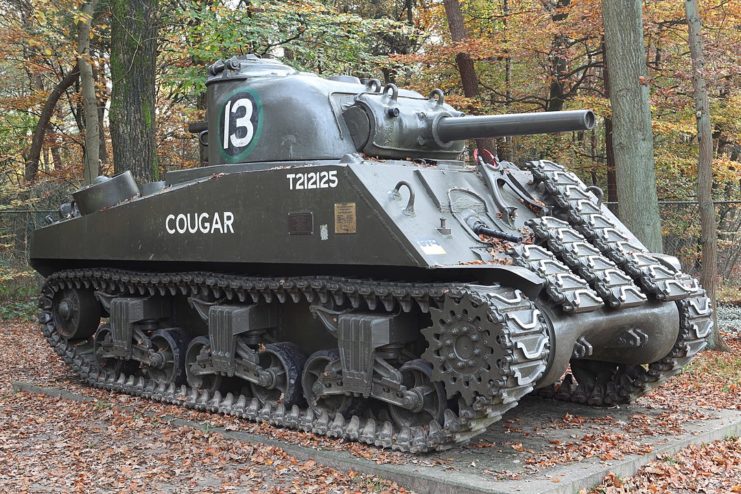
During World War II, tanks played a key role in strategic maneuvers. Understanding how important it was to equip themselves with a tank destroyer capable of overpowering any Allied tank on the battlefield, the Germans developed such a weapon. It was unique, to say the least, featuring a powerful 12.8 cm Pak 44 main gun on a tank chassis, allowing it to unleash 62-pound shells and effectively neutralize any adversary.
Throughout Germany, weapon manufacturers began creating prototypes for this vehicle, conducting experiments that involved mounting wooden guns on both a Panther and Tiger II chassis. It became evident that the Panther chassis was ill-suited for the purpose, prompting the production of the Jagdpanzer VI, later rechristened as the Jagdtiger, based on the Tiger II chassis.
Production of the Jagdtiger was tricky
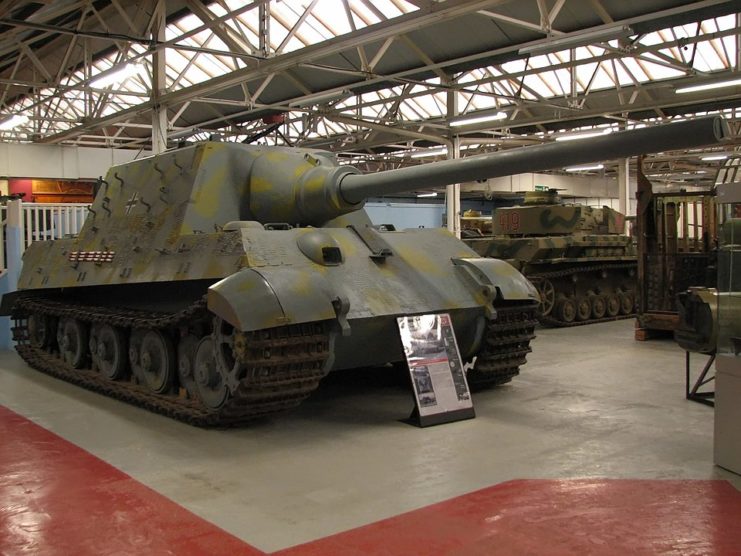
The Jagdtiger boasted a box-like superstructure, enveloped in 250 mm of armor on the casemate and 150 mm on the sloped glacis plate, extending upward across the full height of the former’s top. The tank destroyer’s massive size posed challenges in production, earning it the distinction of being the largest and heaviest tracked vehicle developed and operated during WWII.
Despite an initial order for 150 units and production commencing in July 1944, only 70-85 Jagdtigers were manufactured by the war’s conclusion. This limited output was attributed to persistent issues plaguing the tank destroyer. Its considerable weight posed a challenge for propulsion, as it lacked a sufficiently powerful engine. Consequently, many units faced fuel shortages and various mechanical problems, leading to their loss during the conflict.
The tank destroyer’s issues were amplified on the battlefield
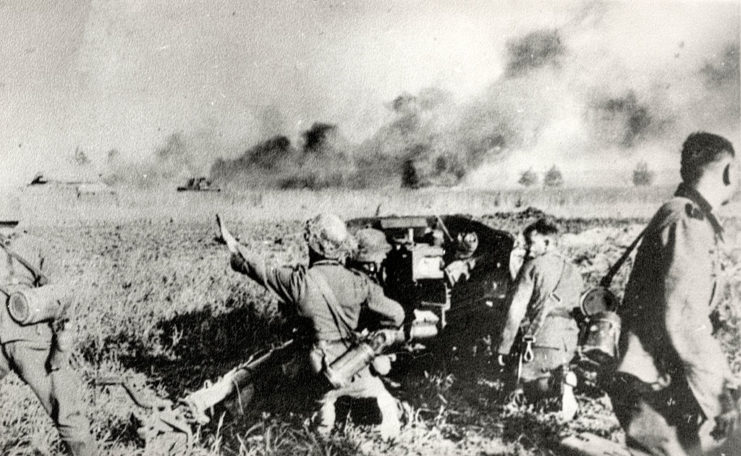
Despite the inherent challenges it presented, the Jagdtiger saw action on the battlefield, primarily owing to its formidable anti-tank gun, which could neutralize enemy vehicles. Nevertheless, operators of this tank destroyer encountered growing frustration due to various factors.
Firstly, the gun required two-part ammunition, mandating a two-person loading crew. Furthermore, it had to be immobilized during maneuvers to prevent rapid wear on its mounting brackets. Wehrmacht soldiers faced an additional predicament, as the Jagdtigers proved challenging to deploy effectively on the battlefield due to their size, confining them to specific locations. As a result, only two heavy Panzerjäger battalions – the 512th and 653rd – were equipped with these vehicles.
Exacerbating these challenges was the poor training of the initial Jagdtiger operators. This, combined with the increasingly unfavorable turn of events for the Germans in the mid-1940s, contributed to low morale among the units entrusted with these tank destroyers.
The Jagdtiger delivered devastating blows
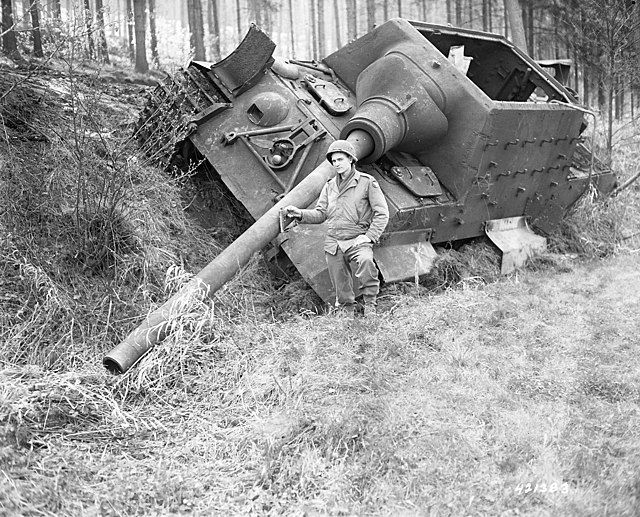
Once deployed effectively, the Jagdtiger unleashed devastating impacts upon reaching its targets. Its formidable firepower allowed the armored vehicle to accurately target objects hundreds of meters away.
Furthermore, its robust armor made it nearly impervious to destruction, though such instances weren’t unheard of. In a notable incident during Operation Nordwind in 1945, a Jagdtiger succumbed to an American infantryman wielding a bazooka.
Despite occasional setbacks, the tank destroyer achieved remarkable feats. In one assault, a mere three Jagdtigers successfully eliminated 25 Allied tanks. Another saw a squadron destroy 11 M4 Shermans and 30 other targets, all while losing only one of their own.
An enduring legacy
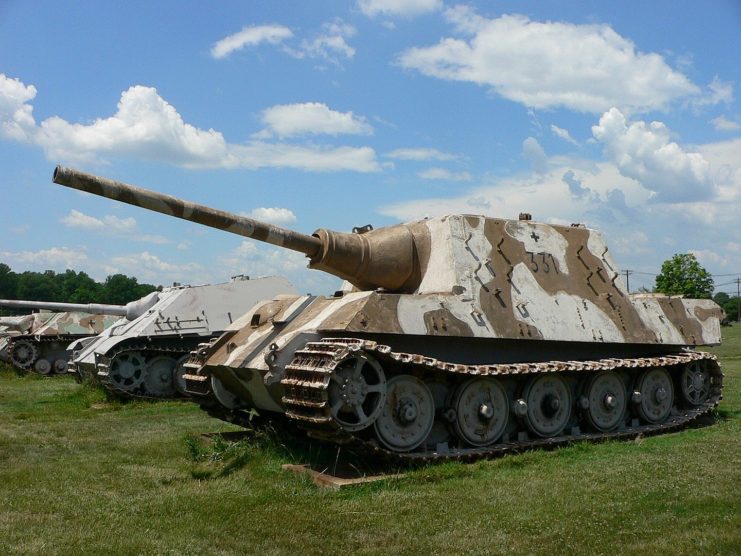
More from us: K2 Black Panther: One of the World’s Most Expensive Tanks
Today, only three Jagdtigers are in museums. The one at The Tank Museum in Dorset, England, was seized by the British during testing. Meanwhile, the one exhibited at the Kubinka Tank Museum in Moscow, Russia, was acquired when a German battlegroup surrendered to Red Army troops in May 1945. The last surviving Jagdtiger is on display in Fort Moore (formerly Fort Benning), Georgia’s National Armor & Cavalry Collection, having been captured by American soldiers near Neustadt an der Weinstraße.
